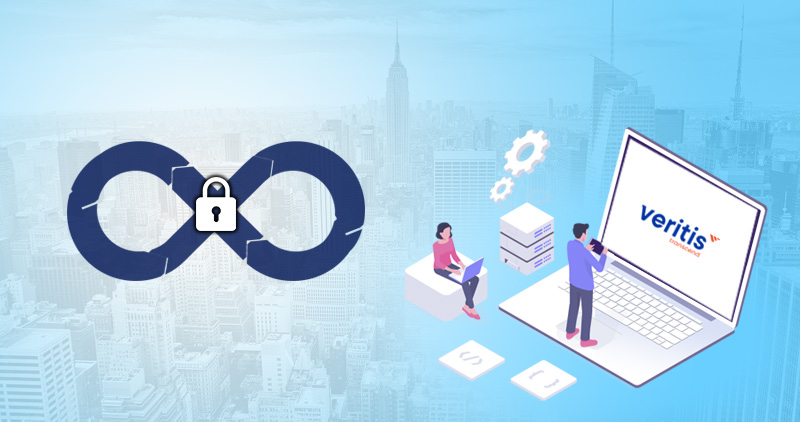
DevOps is significantly transforming the way IT organizations do business. Amidst this cultural shift, IT leaders are realizing that traditional approaches for instilling security into products are impeding organizations from harnessing DevOps’ full potential.
In a growing trend, Fortune 500 companies have started embedding security controls into their DevOps culture, procedures, and tools, an approach popularly known as ‘DevSecOps.’ As DevSecOps gains traction, businesses are likely to embed threat modeling, risk assessment, and security automation into DevOps pipelines and toolchain. DevSecOps helps enhance the security and compliance maturity levels of the DevOps pipeline, while accelerating product delivery and quality.
As the trend is only beginning to garner steam, now is the right time to explore DevSecOps opportunities and gain an edge over competitors. Here are some of the vital statistics that vindicate the need to embrace the DevSecOps mindset:
14 Statistics that Reveal the Opportunities and Challenges of DevSecOps:

1) DevSecOps market size is estimated to reach USD 15.9 billion by 2027, at a CAGR of 30.24%
2) 50% of apps are always vulnerable to attack at organizations that have not adopted DevSecOps, as opposed to 22% at organizations with a mature DevSecOps approach.
3) By 2022, 90% of software development projects will leverage DevSecOps practices, a 50% increase from 2019, according to Gartner
4) By 2021, DevSecOps practices will be integrated into 60% of rapid Dev teams, up from 20% in 2019
5) By 2021, over 70% of enterprise DevSecOps initiatives will adopt automated security vulnerability and configuration scanning, up from 30% in 2019
6) By 2022, 68% of organizations plan to adopt DevSecOps to secure a majority of their cloud applications
7) 45% of organizations with full security integration can address vulnerabilities within one day, compared to only 25% with low integration
8) 71% of CISOs reveal that their stakeholders view security as a roadblock to speed to market
9) 70% of organizations lack the adequate working knowledge of DevSecOps practices
10) Cloud-enabled companies outperform non-cloud enabled companies in DevSecOps maturity levels
11) 80% of development teams are likely to adopt DevSecOps by 2021
12) Organizations with mature DevSecOps rectify flaws 11.5x times faster than those without
13) 84% of organizations leave the decision making for DevSecOps investment to C-suite executives
14) 60% of organizations say technical challenges are the main hurdles to DevSecOps adoption
Are you ready?
Baking in security at every phase of the software development lifecycle may initially appear simple. But a successful DevSecOps transformation requires true automation in the security process. One ought to seamlessly integrate the security controls into the DevOps pipeline to avoid undesired hiccups. Moreover, organizations must address the challenge of the security skill gap to embrace DevSecOps.
Veritis As Your DevSecOps Consultant

The transformation from DevOps to DevSecOps is a complex journey. We at Veritis tailor our comprehensive suite of services to each of your needs based on where you are in your DevOps journey. Our end-to-end DevSecOps consulting services and solutions enable clients to integrate security into the software development phase from build to deployment.
Reach out to us to reap the benefits of DevSecOps, before your competition catches a wind of it.
More Articles:
